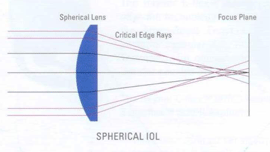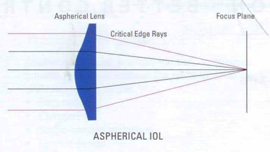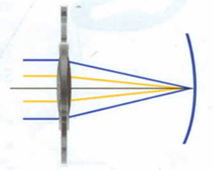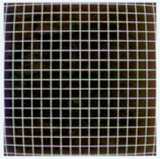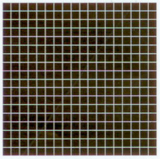Home > Eye Disorders > Cataract
Eye Disorders
Cataract- About Cataract
- Causes and symptoms
- How is it Diagnosed
- How is it Treated
- ASPHERIC Intraocular Lenses
- Image Gallery
What is cataract?
A cataract is a clouding of the normally clear lens of the eye. It can be compared to a window that is frosted or yellowed. This term is derived from the cataract of a waterfall ie the white colour of the water dropping from a height.
The amount and pattern of cloudiness within the lens can vary. It can be a immature cataract or a mature cataract depending on the degree of opasification of the lens.
Common symptoms of cataract include:
- Fuzzy vision
- A painless blurring of vision;
- glare, or light sensitivity;
- poor night vision;
- poor day vision- central cataracts
- double vision in one eye;
- needing brighter light to read;
- fading or yellowing of colors;
The most common type of cataract is related to aging of the eye. Causes of cataract include:
- family history;
- diabetes;
- injury to the eye;
- medications, especially steroids;
- long-term, unprotected exposure to sunlight;
- previous eye surgery;
Most age-related cataracts progress gradually over a period of years.
In a normal eye, light focuses precisely on the retina.
In an eye with a cataract, light scatters throughout the eye instead of focusing precisely on the retina.
Other cataracts, especially in younger people and people with diabetes, may progress rapidly over a short time. – Osmotic cataractHow is a cataract detected?
By performing a thorough eye examination, your ophthalmologist (Eye M.D.) can detect the presence of a cataract.
A careful evaluation will also rule out any other conditions that may be causing blurred vision or other eye problems. Problems with other parts of the eye (such as the cornea, retina or optic nerve) can be responsible for vision loss and may prevent you from having much or any improvement in vision after cataract surgery. If improvement in your vision is unlikely, cataract removal may not be recommended. Your ophthalmologist can tell you how much visual improvement is likely.
How is cataract treated?
There are no tablet or drops which can prevent or reverse cataract formation Surgery is the only way a cataract can be removed. However, if symptoms of cataract are not bothering you very much, surgery may not be needed. Sometimes a simple change in your eyeglass prescription may be helpful in the early stages.
No medications, dietary supplements or exercises have been shown to prevent or cure cataracts
Sunglasses that screen out ultraviolet (UV) light rays or regular eyeglasses with a clear, anti-UV coating offer this protection.
When should surgery be done?
Surgery should be considered when cataracts cause enough loss of vision to interfere with your daily activities. This may vary from person to person depending on their individual needs and lifestyle.
It is not true that cataracts need to be “ripe” before they can be removed or that they need to be removed just because they are present. The more you ripen a cataract the more difficult it is to remove with laser.( Phacoemulsifacation) as its gets hard.
Cataract surgery can be performed when your visual needs require it.
Based on your symptoms, you and your ophthalmologist should decide together when surgery is appropriate.
What can I expect from cataract surgery?
Over 1.4 million people have cataract surgery each year, and more than 95% of those surgeries are performed with no complications.
During cataract surgery, which is usually performed under local anesthesia as an outpatient procedure, the cloudy lens is removed from the eye. In most cases, the focusing power of the natural lens is restored by replacing it with a permanent intraocular lens implant.
Your ophthalmologist performs this delicate surgery using a microscope, miniature instruments and other modern technology. A machine which generates ultra sound energy is used to emulsify the cataract and remove it through a 3 mm incision – phaco emulsification. Thought his small utureless incision a foldable intraocular soft lens is injected this latest sate or art technique provide you a safe fast and effective outcome.
After surgery, you will have to take eyedrops as your ophthalmologist directs. Your surgeon will check your eye several times to make sure it is healing properly.
Cataract surgery is a highly successful procedure. Improved vision is the result in over 95% of cases, unless there is a problem with the cornea, retina, optic nerve or other structures.
In many people who have cataract surgery, the natural capsule that supports the intraocular lens becomes cloudy. If this occurs, your ophthalmologist can perform an outpatient laser procedure to open this cloudy capsule, restoring clear vision. This is called YAG laser capsuelotormy and is a light treatment non surgical in nature.
Cataracts are a common cause of decreased vision, particularly for the elderly, but they are treatable. Your ophthalmologist can tell you whether cataract or some other problem is the cause of your vision loss and can help you decide if cataract surgery is appropriate for you.



